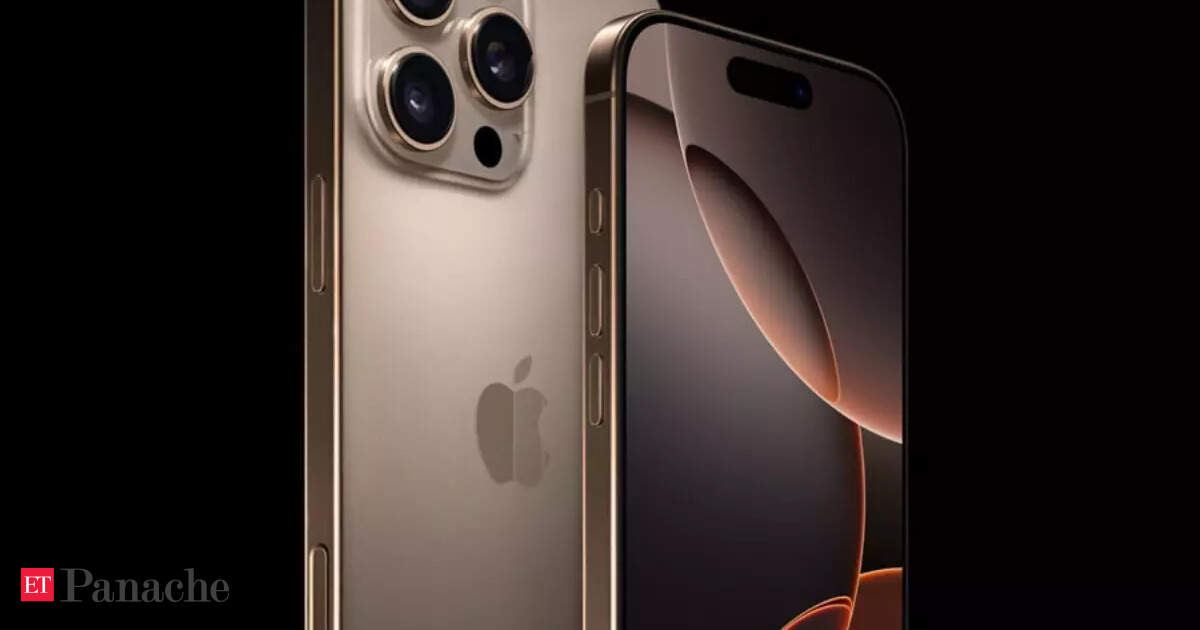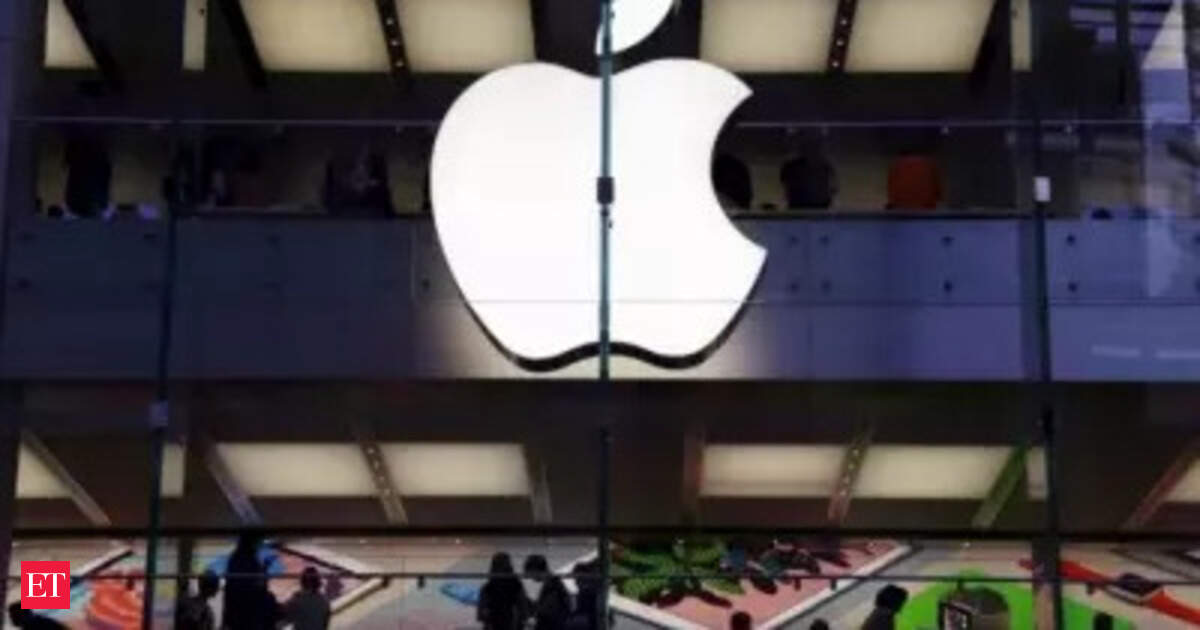Apple’s Worldwide Developer Conference may well be a developer-focused conference (it’s in the name, really) first and foremost, but the big-ticket announcements and updates offer a peak into the next generation of features coming to an Apple-branded product near you soon.
Whether you use an iPhone, a Mac, a Watch or Apple TV, the annual event in Cupertino (June 9-13) serves as a zeitgeist, a barometer of how we’ll be using our personal tech in the year ahead…even as the stakes are higher than usual with key Siri AI features being pushed out to the coming year. We cut through the glut of announcements to bring you all the stuff that matters from WWDC 2025, live from Cupertino, California.
The ‘Liquid Glass’ Interface Overhaul
Apple’s last significant interface revamp happened way back with iOS7 in 2013, so the new look “Liquid Glass” interface inspired by the glossy, translucent interface elements used in VisionOS on Apple’s Vision Pro VR/AR headset, will be a significant change across all of Apple’s platforms without significantly changing the now-familiar navigation. Consumers upgrading to the new iOS/macOS later this year will see a more lens-like appearance with specular highlights and dynamic movements as you change the viewing angle, all of which look stunning in the initial use cases demonstrated across the iOS lockscreen and the macOS UI. With the unified design language across all of its platforms, Apple has also changed how it will signify its major updates each year, which will now be numbered based on the year following their introduction, a little bit like carmakers do with new car releases. Say hello to iOS 26, iPadOS 26, macOS Tahoe 26, watchOS 26, and tvOS 26!
Also read: 10 Indian AI startups and products to watch out for
Big upgrades to communications
Often overlooked in the smartphone space, Apple’s brought back some attention to the ‘phone’ aspect in the upcoming iOS 26. The new Call Screening feature can be set to pick up calls from unknown numbers, screen the caller for a reason why they’re calling, and then ring the call through if you so deem fit, while the Hold Assist keeps the call connected as you wait on your bank/service provider’s helplines and rings you back when an agent finally answers the call.
All very handy, but the most interesting feature is Live Translation which, as the name suggests, will offer on-the-fly translation across Phone, Messages and FaceTime apps – bringing up live captions in your default language on a FaceTime call if you’re conversing with someone in a different language, adding a spoken translation alongside the voice of the person you’re speaking with on a regular phone call, or translating the message into the recipient’s preferred language and vice versa. Speaking of messages, the app now offers customizable backgrounds, polls and typing indicators, all somewhat delayed additions but when combined with the generative AI rewriting/summarization tools, bring the app up to a modern spec.
iPad OS multi-tasking gets more Mac-like
Apple’s tablets have, slowly but surely, been edging towards macOS-esque multi-tasking over the years, and iPadOS 26 will bring big changes, particularly around multi-tasking. Along with a new, more precise mouse pointer, there’s a new windowing system via which you can resize full-screen apps to windows, a new persistent menu at the top of the screen, and a new multi-tasking view (Exposé, borrowed from macOS) which shows you thumbnails of open windows so you can select the one you want. The Files app on iPadOS now more closely resembles macOS file browsing, with the ability to drag files/folders onto the dock, and Preview app from the Mac is heading over to the iPad to edit PDFs, annotate images and documents and the like. We may not have gotten the touchscreen Mac we’ve been asking for all these years, but the iPad looks to be getting close enough…in all but name.
macOS gets a shot in the arm for power users
macOS’s Spotlight search feature is getting a much overdue upgrade, from being able to search and open stuff, it can now do stuff. Once apps provide access to Spotlight to individual actions within the app, like playing music, sending an email, you can then invoke these actions without even leaving the home screen, a little bit of an Apple Intelligence take on AI agents from the competition that help consumers get things done. And we finally have macOS keeping your clipboard history, ready to access even if you’ve copied something more recently! Elsewhere, Apple is making the Shortcuts capability better, allowing it to access various AI models (including ChatGPT) to accomplish what you’re trying to do. Apple is also bringing the Phone and the newly announced Games app to macOS 26, along with support for the iPhone’s Live Activities.
watchOS 26 Workouts get a new buddy
Aside from the Liquid Glass makeover across all platforms, Apple Watch users upgrading to watchOS 26 later this year a new Workout Buddy, which uses Apple Intelligence and your fitness history to give you pep talks with a summary of your workout stats at the end of your workout. On a run, for instance, this may mean a pep talk during your warmup and suggestions to pick up your pace during the run, and how to cool down. Plus, there’s a new wrist flick gesture to dismiss notifications, and the Notes app is making an appearance as well, allowing you to access all your notes and create new ones directly on your wrist.
Apple Intelligence opens up
Though the updates on Apple Intelligence were light, Apple did announce a pretty significant shift in how third-party apps can access the on-device large language model used by Apple Intelligence. By giving developers direct access to the models, apps can now tap into the whole gamut of intelligence experiences locally on the device without the associated per-transaction costs of accessing the LLM via the cloud API (application programming interface). Handier to folks like you and me – you can search for anything you see on your screen using Visual Intelligence/ChatGPT, in a move not entirely dissimilar to Google’s Circle to Search capability.
Apple’s updates to all its platforms are in a developer beta right now, and will be released later this year (typically September) to consumers.
Also read: OnePlus 13s review: A compact flagship for small hands and tight pockets
The writer was invited by Apple to attend WWDC25 in Cupertino.





